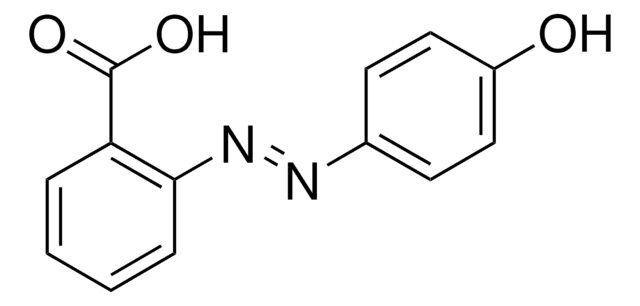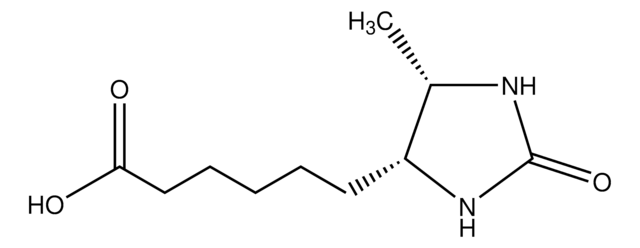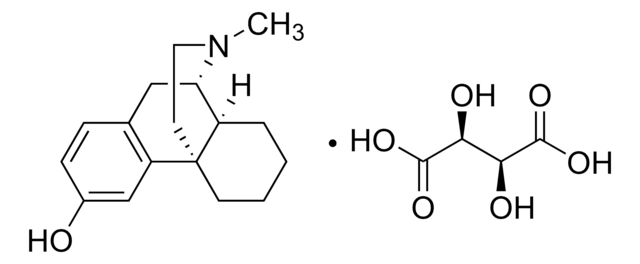SML0190
ML133 hydrochloride
≥95% (HPLC)
Sinonimo/i:
1-(4-methoxyphenyl)-N-(naphthalen-1-ylmethyl)methanamine hydrochloride, CID 781301 hydrochloride, N-(4-methoxybenzyl)-1-(naphthalen-1-yl)methanamine hydrochloride, SID 85281105 hydrochloride, VU0404943-1 hydrchloride
About This Item
Prodotti consigliati
Saggio
≥95% (HPLC)
Forma fisica
powder
Condizioni di stoccaggio
desiccated
Colore
white to tan
Solubilità
DMSO: ≥10 mg/mL
Temperatura di conservazione
2-8°C
Stringa SMILE
Cl.COc1ccc(CNCc2cccc3ccccc23)cc1
InChI
1S/C19H19NO.ClH/c1-21-18-11-9-15(10-12-18)13-20-14-17-7-4-6-16-5-2-3-8-19(16)17;/h2-12,20H,13-14H2,1H3;1H
NGQIBUUFXDPHKT-UHFFFAOYSA-N
Applicazioni
Azioni biochim/fisiol
Caratteristiche e vantaggi
Avvertenze
Danger
Indicazioni di pericolo
Consigli di prudenza
Classi di pericolo
Acute Tox. 4 Oral - Aquatic Acute 1 - Eye Dam. 1 - Skin Irrit. 2 - STOT SE 3
Organi bersaglio
Respiratory system
Codice della classe di stoccaggio
11 - Combustible Solids
Classe di pericolosità dell'acqua (WGK)
WGK 3
Punto d’infiammabilità (°F)
Not applicable
Punto d’infiammabilità (°C)
Not applicable
Certificati d'analisi (COA)
Cerca il Certificati d'analisi (COA) digitando il numero di lotto/batch corrispondente. I numeri di lotto o di batch sono stampati sull'etichetta dei prodotti dopo la parola ‘Lotto’ o ‘Batch’.
Possiedi già questo prodotto?
I documenti relativi ai prodotti acquistati recentemente sono disponibili nell’Archivio dei documenti.
Articoli
Sigma-Aldrich offers many products related to potassium channels for your research needs.
Il team dei nostri ricercatori vanta grande esperienza in tutte le aree della ricerca quali Life Science, scienza dei materiali, sintesi chimica, cromatografia, discipline analitiche, ecc..
Contatta l'Assistenza Tecnica.











